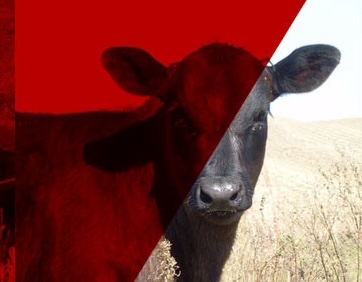There are several factors to consider when establishing an appropriate vaccination protocol for your operation. Plans are not “one size fits all”. Understanding the principals of vaccination may be helpful when choosing what product to use, when to use them, and how to ensure the animals get the most benefit.
First, producers should establish a veterinary-client-patient relationship (VCPR) with a trusted veterinarian. A valid VCPR states the goals of your operation and explains how your veterinarian can help you reach those goals. This contract is essential for outlining what animal health products (i.e. vaccinations, antibiotics) fit your operation best, and should be renewed on an annual basis.
A vaccine is used to reduce the risk of disease. Research trials are conducted to assess how well the product will affect the immune system of the animal, measuring what protection is provided from disease challenges. Vaccines do not completely prevent disease. Most products will shorten the duration and severity of disease in the majority of animals, but not all. Each immune system reacts differently, even within the same herd. Animals that are stressed or sick may have a depressed immune response when compared to a healthy animal. Vaccines work best when given to healthy animals.
Vaccines take time to work. Giving an injection today does not equal 100% protection tomorrow. Once an animal receives the product, it may take up to one month for the immune system to create antibodies, which will be activated during the next disease challenge. Therefore, it is best to anticipate when and what diseases are a threat and administer a vaccine protocol one month prior. For example, if pre-weaning summer pneumonia has been a concern, adding a vaccine that targets respiratory pathogens prior to grass turn-out may be beneficial. Some vaccines need a second booster to help amplify and activate the antibody production. Reading the product label and discussing protocols with your veterinarian will help to ensure the product is used correctly.
Vaccines play a vital role in animal health, and achieving the best possible results requires combining them with good management practices. The most effective plans incorporate other elements to ensure protection against disease. These include proper nutrition, managing environmental challenges, and establishing a robust biosecurity plan for introducing new animals. When considering these factors, a custom herd health protocol can be established that benefits your operation.
Article by Lindsay Waechter-Mead, DVM, Nebraska Extension Livestock Systems Educator

